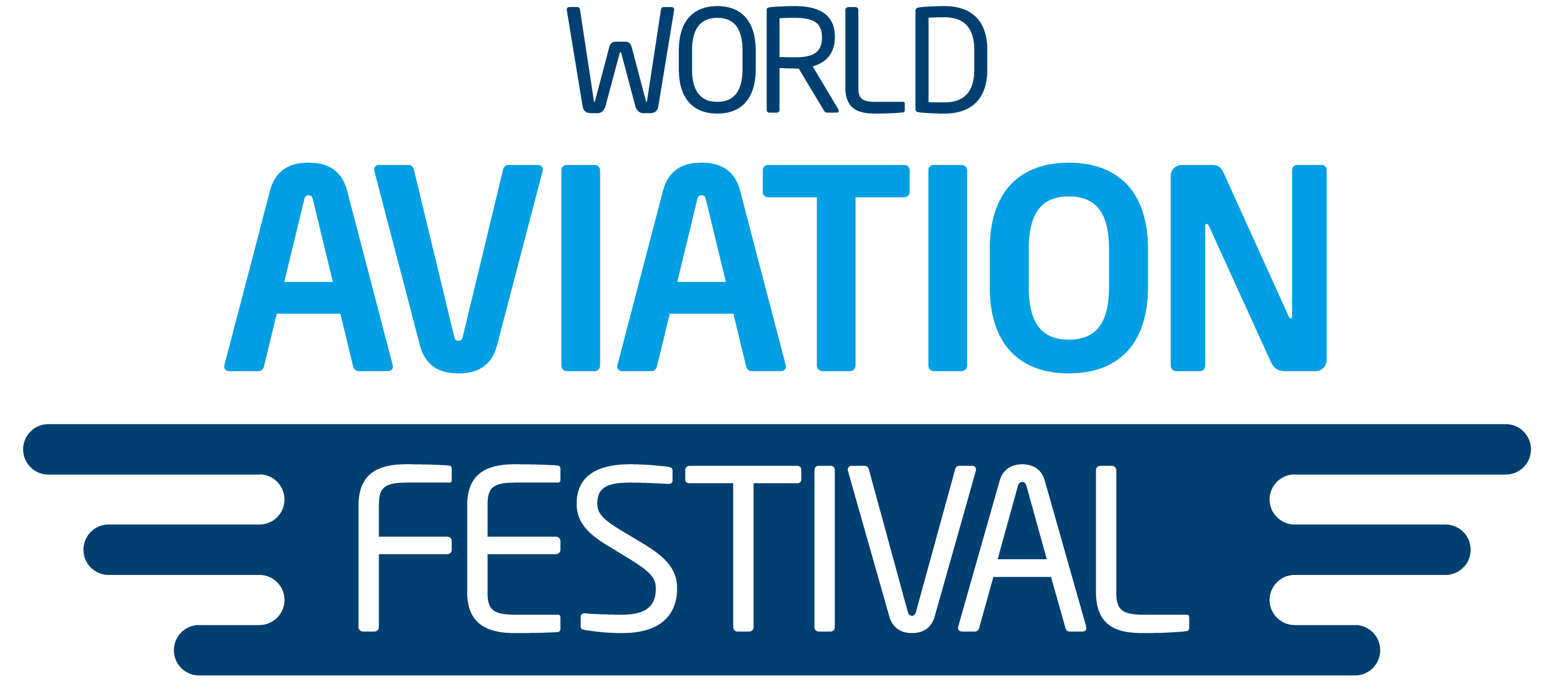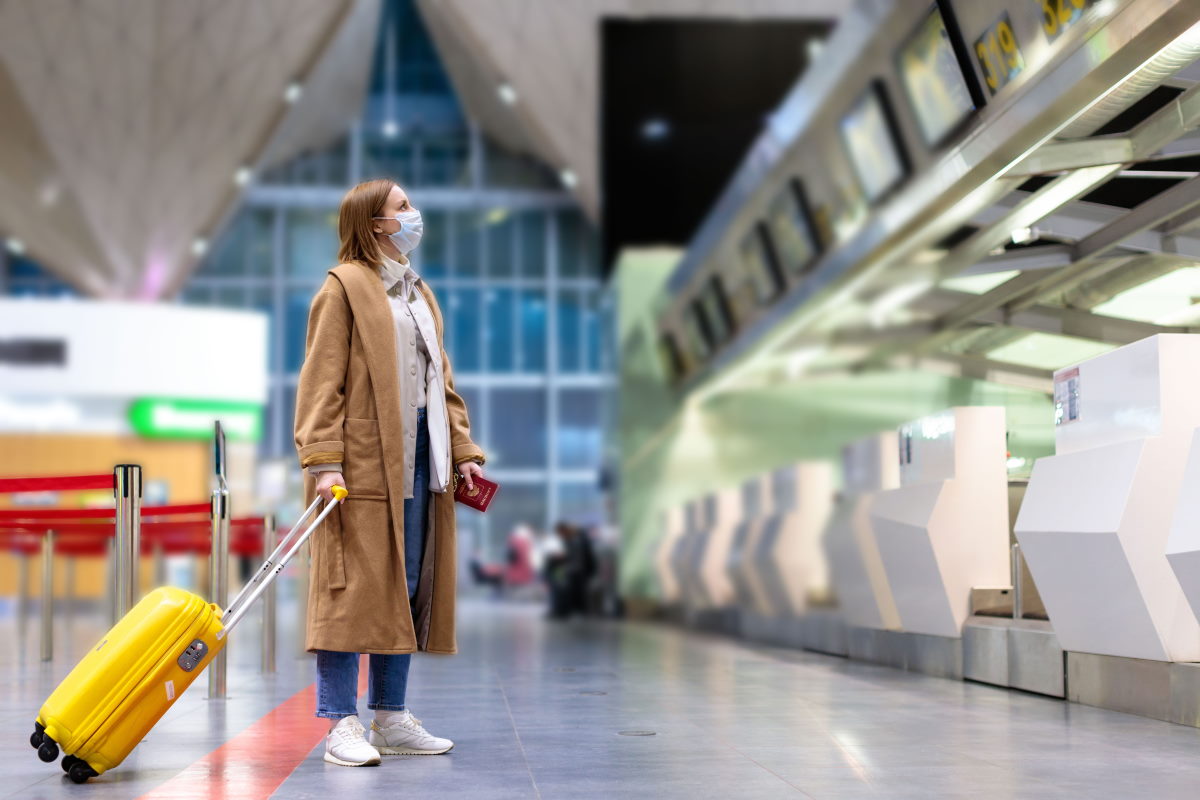This year has brought monumental change to airlines, and many industry professionals are wondering, “What new things will be permanent?” We interviewed Rob Chan and John Szatkowski, two travel and transportation industry leaders at IBM, to learn more about this major point in aviation history (and what airlines can do to adapt).
Throughout 2020, what’s been the most significant shift for airlines and their use of mobile technology?
Rob Chan: I think with the pandemic hitting hard, people are looking to digital channels to substitute the face-to-face interactions they previously used. The consumer has adopted these new tools in a large way. With these changes, our partners are considering how we leverage what we’ve already built and where we see opportunity for another offering.
John Szatkowski: This year has been a catalyst, encouraging airlines to apply their resources in order to modernize certain things. They can’t do certain business the way they designed it 40 or more years ago. For example, some airlines are looking at major legacy systems, completely breaking them apart, and componentizing them as they modernize. Mobile plays a huge role in that.
Modernizing can be a long, big project. What should the airline always keep in mind during that time?
John: There’s an opportunity to move things into more of a user-centric or problem-centric perspective. Before, things were constructed and operated in silos. But there’s an opportunity to better serve passengers. For example, look at how you can continuously serve them from when they are leaving their houses to boarding an aircraft.
How important is the cloud migration in all of this?
John: It’s all about asking “What is your desired to-be state?” Because it’s going to be different from airline to airline, based on what their journey to cloud was six months ago and what it should be now. It goes from a broad architecture view—making sure an airline’s plan is on track—to refining and tailoring the plans to the current state. IBM’s expertise in security, enterprise scalability, and open innovation with Red Hat OpenShift, coupled with deep consulting competencies, intelligent workflows, artificial intelligence (AI), and automation, makes it capable to take customers’ cloud transformation journey on various cloud providers like AWS, for example.
What do you think will remain as a result of COVID-19? What’s here to stay?
John: Health validation and verification. A lot of times procedural changes come after a major catalyst. After September 11, 2001, a lot of the security protocols were because of that single event. We now have a new inflection point around health and safety. We’re seeing airports testing onsite. We’re seeing airlines offering insurance policies in case you get sick. Ultimately some of the nuances will change with time, but the underlying need to rapidly verify and understand the passenger’s eligibility to travel from a health perspective will have staying power which we are already organizing technology, policy, and procedure around.
Rob: The appetite for passengers to use digital channels is going to be more accepted. Especially as younger generations start traveling in the near future. It’s a lower-cost way of connecting to your customers, and it’s a better way to personalize it. Think about how you use your mobile device today to communicate over chat with loved-ones or colleagues. You don’t have to re-introduce yourself every time, because it’s a history of phrases, images, etcetera. That relationship could also be between consumer and business. You just jump right into the conversation. Then you can build these loyalties. If done right, it can be a companion for travel.
Join Terrapin and IBM on October 6, 2020 for more. Sign up for the webinar Touchless Travel: Emerge stronger post-pandemic with mobile technology.
This interview was conducted as a special feature from Industrious, IBM’s digital magazine.





